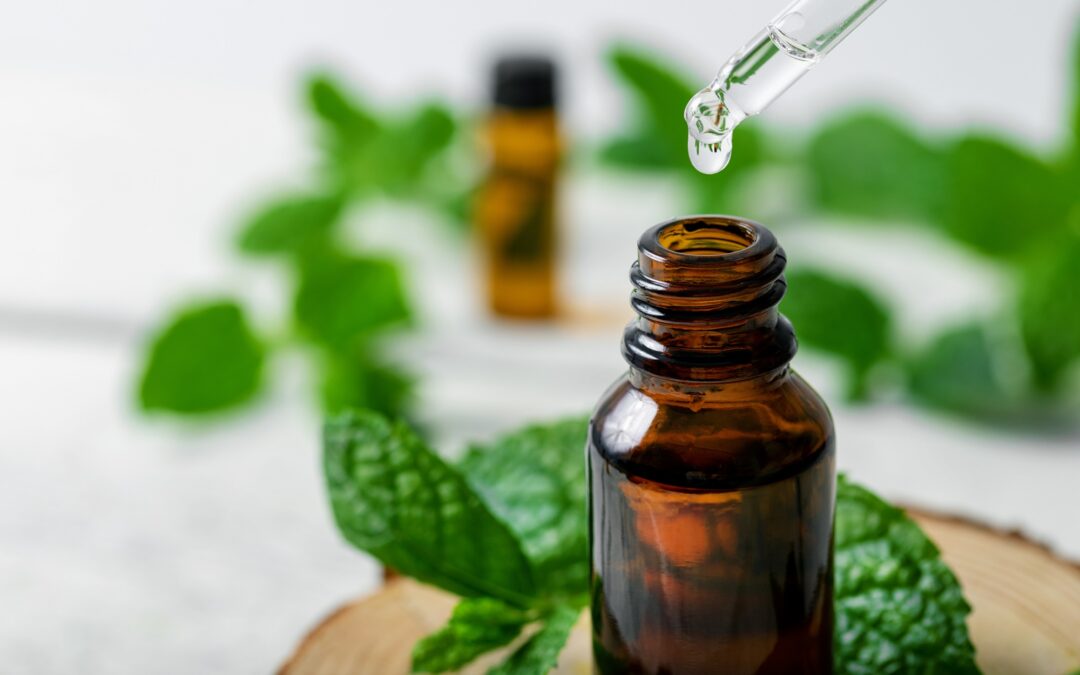When it comes to creating a soothing, rejuvenating massage experience, essential oils are more than just a pleasant scent. They’re also powerful tools that support both body and mind.
Whether you’re a future massage therapist, an aspiring esthetician, or simply someone passionate about wellness, understanding how essential oils complement massage therapy can help elevate your practice and your results.
What Are Essential Oils?
Essential oils are concentrated plant extracts obtained from flowers, leaves, roots, or seeds.
Known for their therapeutic properties, these oils have been used for centuries in natural medicine and self-care routines. In a spa or salon setting, they’re often paired with massage to enhance both the physical and emotional benefits of the treatment.
Some of the most common essential oils used in massage include:
- Lavender – calming and soothing
- Peppermint – invigorating and cooling
- Eucalyptus – promotes deep breathing and muscle relief
- Tea Tree – antimicrobial and cleansing
- Sweet Orange or Lemon – uplifting and mood-boosting
How Essential Oils Boost the Power of Massage
Relaxation and Stress Relief: Essential oils like lavender and chamomile are known to reduce anxiety, calm the nervous system, and encourage restful sleep. When used in a massage, these oils enhance the sense of peace and relaxation, helping clients fully unwind.
Pain Management and Muscle Relief: Essential oils such as peppermint, eucalyptus, and rosemary have natural anti-inflammatory properties. Combined with targeted massage techniques, these oils can reduce muscle tension, ease joint discomfort, and speed up post-workout recovery.
Skin Benefits: Carrier oils (like jojoba, almond, or grapeseed oil) used to dilute essential oils can deeply hydrate and nourish the skin. When blended with therapeutic essential oils, the massage becomes both a physical and skincare treatment, leaving the skin smooth, soft, and rejuvenated.
Mood and Mental Clarity: Essential oils affect the limbic system in the brain, which is tied to emotions and memory. Scents like citrus, bergamot, and frankincense can energize the mind, boost concentration, and even improve mood, creating a holistic experience for clients.
Safety and Application Tips for Professionals
- Always dilute essential oils using a carrier oil—pure essential oils are potent and can irritate the skin.
- Conduct a patch test on new clients to check for allergic reactions.
- Be mindful: not all oils are safe for every condition (for example, certain oils should be avoided during pregnancy).
- Quality matters. Choose high-grade essential oils designed for therapeutic use.
Why It Matters for Future Beauty and Wellness Pros: Learning how to properly use essential oils during massage treatments allows professionals to create personalized, effective services that go beyond the basics. Whether a client needs stress relief, muscle recovery, or emotional support, aromatherapy gives you the tools to deliver what they need.
Train for a Career That Feels Good and Does Good
Are you passionate about helping people feel better, inside and out?
A career in massage therapy or esthetics could be the perfect fit. At Modern College of Hairstyling & Esthetics, our expert instructors, small class sizes, and real-world training prepare you to succeed in a growing industry that values care, skill, and holistic wellness.

